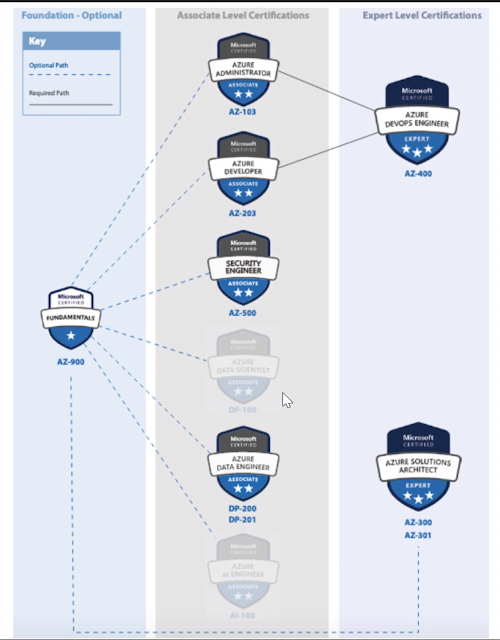To manage multipathing, ESXi uses a special VMkernel layer, Pluggable
Storage Architecture (PSA). The PSA is an open and modular framework
that coordinates various software modules responsible for multipathing
operations. These modules include generic multipathing modules that
VMware provides, NMP and HPP, and third-party MPPs.
NMP - Native Multipathing
Plug-in
The NMP is the VMkernel multipathing module that ESXi provides by
default. The NMP associates physical paths with a specific storage device
and provides a default path selection algorithm based on the array type.
The NMP is extensible and manages additional submodules, called Path
Selection Policies (PSPs) and Storage Array Type Policies (SATPs). PSPs
and SATPs can be provided by VMware, or by a third party.
PSPs - Path Selection Plug-ins
The PSPs are submodules of the VMware NMP. PSPs are responsible for
selecting a physical path for I/O requests.
SATPs - Storage Array Type
Plug-ins
The SATPs are submodules of the VMware NMP. SATPs are responsible
for array-specific operations. The SATP can determine the state of a
particular array-specific path, perform a path activation, and detect any path
errors.
MPPs -Multipathing Plug-ins
The PSA offers a collection of VMkernel APIs that third parties can use to
create their own multipathing plug-ins (MPPs). The modules provide
specific load balancing and failover functionalities for a particular storage
array. The MPPs can be installed on the ESXi host. They can run in
addition to the VMware native modules, or as their replacement.
HPP - VMware HighPerformance Plug-in
The HPP replaces the NMP for high-speed devices, such as NVMe PCIe
flash. The HPP improves the performance of ultra-fast flash devices that
are installed locally on your ESXi host. The plug-in supports only singlepathed devices
Claim Rules
The PSA uses claim rules to determine whether an MPP or NMP owns the
paths to a particular storage device. The NMP has its own set of claim
rules. These claim rules match the device with a specific SATP and PSP
reference
